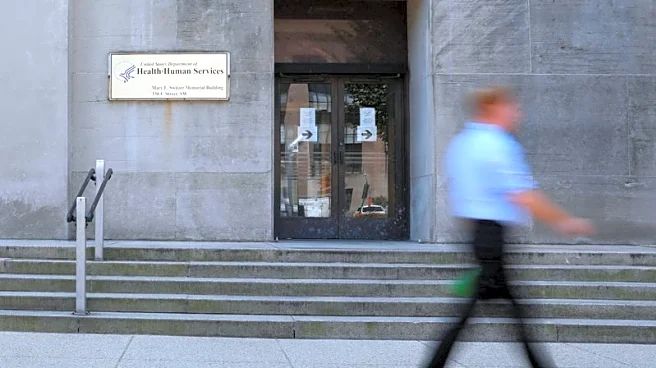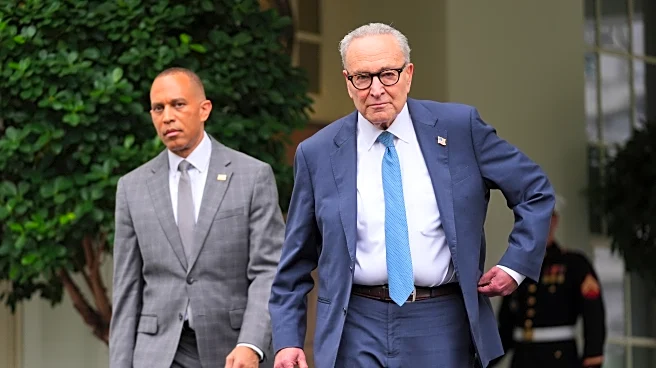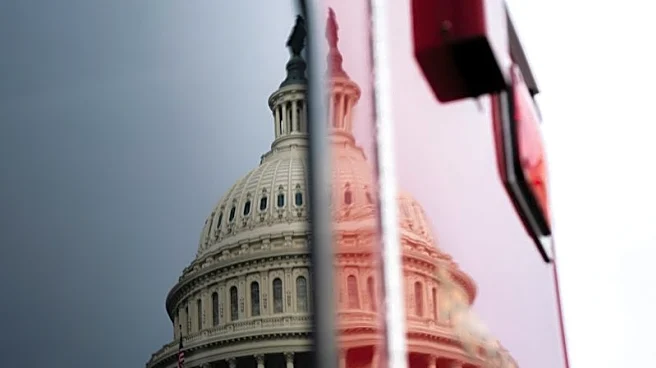What's Happening?
The potential for a federal government shutdown looms as Congress struggles to reach a consensus on funding, with the deadline set for midnight on September 30. Essential services such as Social Security, Medicare, and the U.S. Postal Service are expected to continue operating, but nonessential federal workers may face furloughs, and essential workers could work without pay. Programs like the Supplemental Nutrition Assistance Program (SNAP) and the Special Supplemental Nutrition Program for Women, Infants, and Children (WIC) could face funding issues if the shutdown is prolonged. The shutdown could also impact services provided by the Department of Veterans Affairs and the Small Business Administration. The last government shutdown, which occurred during President Trump's first term, lasted 35 days.
Why It's Important?
A government shutdown could have significant implications for millions of Americans who rely on federal services and benefits. Essential services will continue, but the lack of pay for workers could lead to financial strain. Programs like SNAP and WIC, which support low-income families, may face disruptions, affecting food security for vulnerable populations. The shutdown could also halt small business loans, impacting economic growth and recovery efforts. The political standoff over healthcare funding, particularly the extension of Affordable Care Act subsidies, underscores the broader debate on healthcare costs and access in the U.S.
What's Next?
If Congress fails to reach an agreement, the shutdown will commence, affecting various federal operations. The duration of the shutdown will determine the extent of its impact on services and benefits. Political leaders may face increased pressure to negotiate a resolution, particularly as public dissatisfaction grows. The ongoing debate over healthcare funding could influence future legislative priorities and negotiations.












